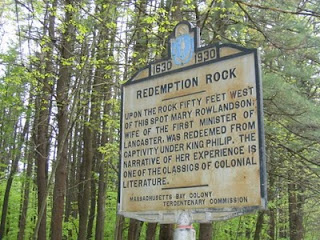Monday, August 15, 2011
Hip Hop as Social Commentary
Hip Hop as Social Commentary: Born in the midst of generational change, the hip-hop subculture can be viewed largely as an artistic response by African Americans to the unfulfilled promises of the Civil Rights Movement. In the 1970s and 1980s, black New Yorkers, especially in the Bronx, Harlem, Queens, and Brooklyn, struggled with various pathologies of the postmodern ghetto. Such pathologies included high teen pregnancy rates, high abortion rates, high suicide rates, high dropout rates, high homeless rates, high crime rates, high unemployment rates, and high disease rates. In particular, the sheer level of rat infestations in Section 8 public housing complexes was deadly at times. But it's important to remember that not all urban blacks considered themselves "victims" in a larger socio-political struggle. Black agency was certainly evident in the hip-hop subculture that grew from what were perceived by outsiders as dire conditions. And often, it's from the most severe oppression that the most unique creativity stems. Take the above video for example, which entails New York City rapper Nasir Jones (Nas) in his early days. Ironically, Jones hails from the largest public housing project in North America (Queensbridge, Queens).
Monday, August 1, 2011
Mary Rowlandson and Praying Towns
 Mary Rowlandson and Praying Towns: In February 1675, Indians from the Narragansett, Nipmuc, and Wampanoag tribes attacked Lancaster, Massachusetts. As King Philip's War was underway, they took Mary Rowlandson and her three children captive, in addition to other local Puritan settlers. And since Lancaster was a frontier settlement in close contact with the Praying Town of Nashoba (Littleton), it had numerous missionaries working there. Puritan missionaries like John Eliot established Praying Towns across the Massachusetts Bay Colony to convert local Indians to Christianity. Rowlandson's husband, for example, was the town minister in Lancaster. Ultimately, however, she recounted the harrowing tale of her 11-month captivity in The Sovereignty and Goodness of God (1682). The historical marker pictured above signified the location where Rowlandson's captivity ended, which occurred near Mount Wachusett in Princeton, Massachusetts. Boston residents, particularly women, raised enough money to ransom Rowlandson away from the Indians' sacred grounds at Wachusett.
Mary Rowlandson and Praying Towns: In February 1675, Indians from the Narragansett, Nipmuc, and Wampanoag tribes attacked Lancaster, Massachusetts. As King Philip's War was underway, they took Mary Rowlandson and her three children captive, in addition to other local Puritan settlers. And since Lancaster was a frontier settlement in close contact with the Praying Town of Nashoba (Littleton), it had numerous missionaries working there. Puritan missionaries like John Eliot established Praying Towns across the Massachusetts Bay Colony to convert local Indians to Christianity. Rowlandson's husband, for example, was the town minister in Lancaster. Ultimately, however, she recounted the harrowing tale of her 11-month captivity in The Sovereignty and Goodness of God (1682). The historical marker pictured above signified the location where Rowlandson's captivity ended, which occurred near Mount Wachusett in Princeton, Massachusetts. Boston residents, particularly women, raised enough money to ransom Rowlandson away from the Indians' sacred grounds at Wachusett.
Subscribe to:
Posts (Atom)